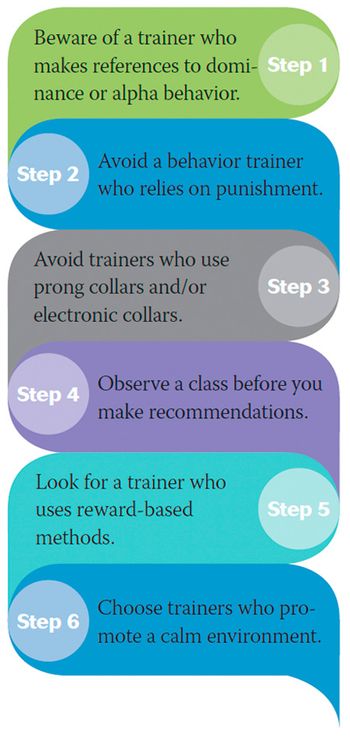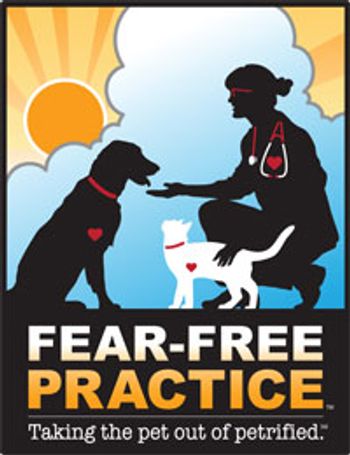
Animals are exposed to stressful situations throughout their entire lives.

Animals are exposed to stressful situations throughout their entire lives.

The goal of this presentation it to identify stressors for the competitive horse, learn how to prepare the competitive horse and how to keep the competitive horse motivated.

House soiling is a common behavior problem in cats leading to a break in the human animal bond, and consequently to relinquishment or euthanasia.

Nonverbal communication is fascinating to most humans, especially to animal lovers.

The goal of this presentation is to improve history taking skills which are necessary for examination and creating a behavior problem list.

We all understand the frustration that veterinarians and owners feel when an animal doesn't follow post op instructions of "don't move" and "stay crated."


There's a revolution in the way we think about pet care. Are you on board?

A group of researchers decided to investigate dog owners' perceptions of just how smart their dogs are.

Dr. John Ciribassi talks about the reception of the first behavior book for pet owners from the ACVB.

Your patients will readily lap up this exam-room distraction.

As veterinary professionals we see dogs in what is often their most challenging setting. Does the owners interaction and response to troublesome behavior give us a hint about what is happening at home? Should we be paying attention? Dogs often respond to restraint, with or without pain, by growling, snapping, snarling, and biting. Such reactions can often be prevented by teaching dogs to accept frightening and even unpleasant procedures calmly and without restraint. Such practices allow veterinarians to use their unique authority with pet owners to: -Demonstrate respect for the animal -To speak for the animal, and to -Model sound behavioral hygiene (i.e., how you interact with and what you do with a dog). Alternatives to restraint will be addressed, along with how to model and explain these techniques to clients to avoid possible conflict interactions with their dogs at home, while increasing compliance with follow-up instructions. At the end of the presentation there will be a question and answer period where participants may have specific case studies addressed.

Begin to conquer canine fear related aggression and help ease clients' minds with these resources.

The Fear-Free initiative promotes the practices, methods, and tools that calm veterinary patients and create low-stress environments to encourage better healthcare, more satisfied and compliant clients, a happier staff, and a healthier bottom line. Here are 10 steps toward Fear-Free visits to take the pet out of petrified and get pets back into your practice.

Feline expert Dr. Margie Scherk shares her personal thoughts on this controversial issue.

Pay attention to what your pet's behavior may be telling you about their discomfort.

Help owners treat their dog's reactive behaviors-whether the dog is exhibiting aggression, fear, or unruly behavior-by recommending they follow these ABCs.

New Year's resolutions often involve getting more exercise, and this includes dogs as well. But reactivity on a leash is a common problem, making it less likely for owners to venture out with their dogs. This step-by-step training plan will help you help owners take control and enjoy walking their dogs again.

Dr. Elizabeth Colleran gives us the scoop on how the cat friendly initiative has gone thus far and what's ahead.

Window views of outdoor cats can trigger cat fights.

Feline friends can develop into feline foes overnight, confounding their owners. Help re-establish peace in the household with these veterinary management tips.

Your clients may be getting behavior advice from cable TV. Get your opinion in the mix.

A guided tour of resources for addressing this popular and complicated subject, featuring advice from Dr. John Ciribassi.

Why and how to investigate your canine patients whose overactivity drives their owners up the walls.

Dr. Miller reflects on the passing of author Bill Campbell and how far the discipline of animal behavior has come over the years.